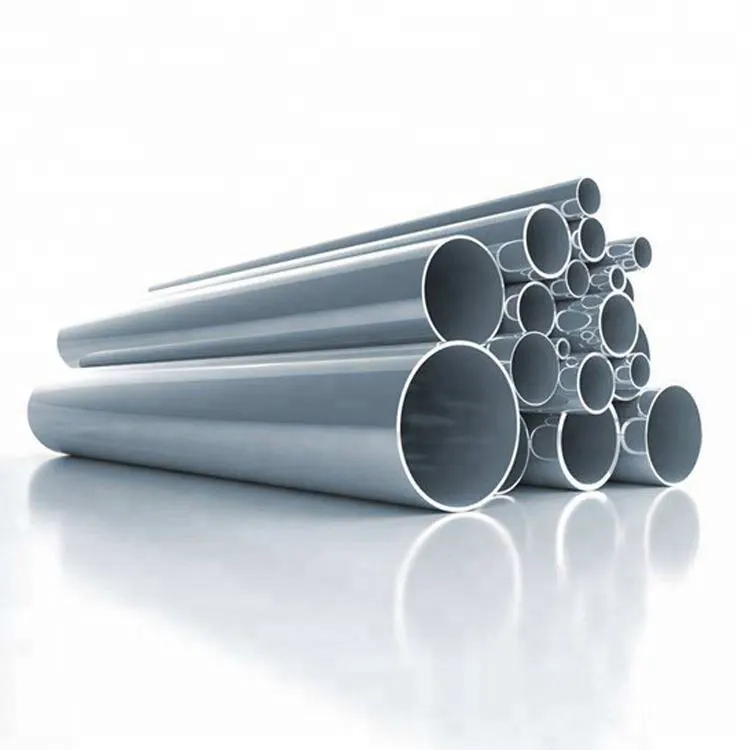Grades of duplex stainless steels
2023-12-18
Duplex stainless steels are categorized into several grades, each with its own unique chemical composition and specific properties suited for various applications. Some of the commonly known grades of duplex stainless steel include:

1. Duplex Stainless Steel Grade 2205 (UNS S32205/S31803):
- This is one of the most widely used duplex stainless steel grades.
- It contains about 22% chromium, 5-6% nickel, 3% molybdenum, and a balanced amount of iron.
- Known for its excellent corrosion resistance, high strength, and good weldability.
- Commonly used in chemical processing, oil and gas, pulp and paper industries, and marine applications.
2. Duplex Stainless Steel Grade 2507 (UNS S32750):
- Also known as super duplex stainless steel.
- Contains higher chromium (24-26%), higher nickel (6-8%), molybdenum (3%), and nitrogen (0.24-0.32%) compared to 2205.
- Offers superior corrosion resistance and higher strength than 2205.
- Suitable for more demanding applications in aggressive environments such as offshore and marine applications, chemical processing, and seawater systems.
3. Duplex Stainless Steel Grade 2304 (UNS S32304):
- A lean duplex stainless steel with lower alloying elements.
- Contains about 23-26% chromium, 4-6% nickel, trace amounts of molybdenum, and a balanced amount of iron.
- Offers good strength and better resistance to stress corrosion cracking compared to austenitic stainless steels.
- Used in structural components, architectural applications, and some chemical processing environments.
4. Other Duplex Stainless Steel Grades:
- There are other duplex stainless steel grades, each with variations in composition to cater to specific applications or industry requirements. These may include grades such as UNS S31254 (6% molybdenum), UNS S32101, UNS S32305, and more.
Each grade of duplex stainless steel is designed to offer a balance of corrosion resistance, mechanical strength, weldability, and cost-effectiveness suitable for different environments and applications. The selection of the appropriate grade depends on factors such as the operating environment, required mechanical properties, and specific application requirements.


